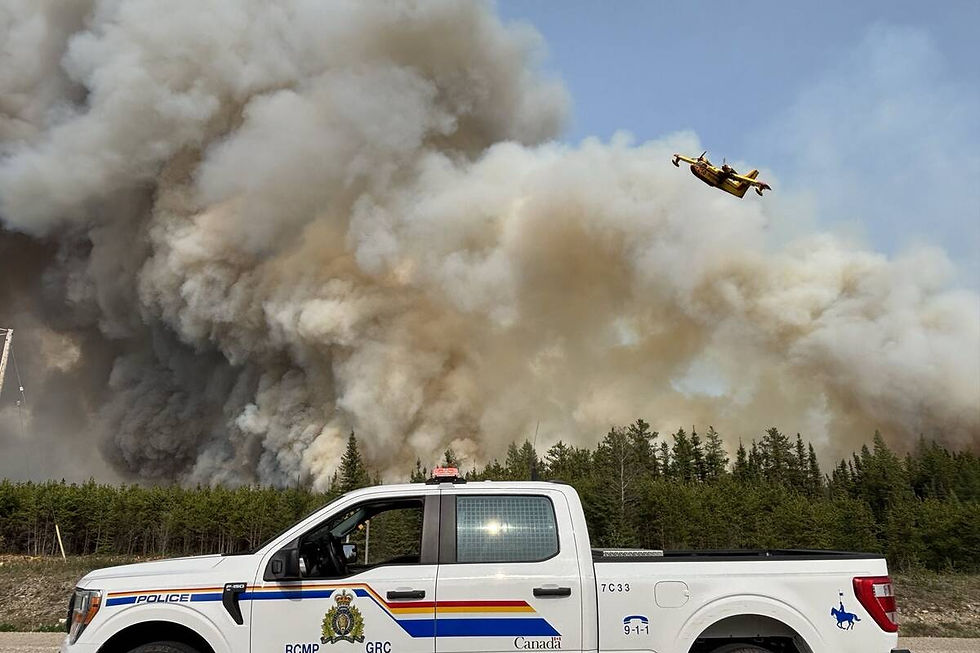Backdrafting
- Mark Boissoneault

- Nov 8, 2021
- 2 min read
Understanding Spillage of combustion gasses or “Backdrafting”
When a chimney is used to provide a path for combustion gasses to be moved safely to the outdoors such as a

gas burning appliance (eg: gas furnace or water heater), natural drafting follows the principle of convection where hot air rises and cool air falls.
Since combustion gases are odorless and extremely dangerous, Natural draft appliances are required to maintain safe operating conditions at all times. When combustion gases from fuel-burning heating equipment escape into a home rather than exit through the chimney, it creates a condition known as backdrafting or spillage. Regardless of the name, it can become a serious health and safety concern.
Here are a few examples where combustion gases escape into a home even when the flow in the chimney hasn’t reversed or “backdrafted.”
· A blocked chimney
· A cracked Heat Exchanger
· Rusted or corroded vent pipes
· Loose or Poorly designed venting system

When exhaust appliances such as Kitchen Range hoods, bathroom fans, clothes dryers, central vacuum or fireplaces are in use, the indoor air pressure may be lowered to the point where it becomes negative relative to the outdoor air pressure. Poorly sealed older homes in most cases provide enough leakage for outdoor air to enter and overcome this problem. Newer and well-sealed homes may however become depressurized to the point where an open chimney becomes the easiest path for air to enter thus reversing the normal airflow or draft.
When upgrading an older gas furnace from a natural draft or mid efficient model to a condensing high efficient model, the venting pipes will no longer be connected to the existing metal or masonry chimney. If a natural draft gas water heater is left connected, the existing chimney becomes oversized based on the reduced volume of vent gases. Since proper drafting relies on being able to maintain a warm chimney, spillage or backdrafting may occur with the smallest amount of depressurization.

Once it is known that a natural draft water heater is prone to spillage or backdrafting, there are 3 options to consider.
1. Install a combustion air intake to help relieve any depressurization.
2. Install a chimney liner that will reduce the vent size accordingly
3. Convert the water heater to an Electric model.
All three options require a professional assessment and consideration of the overall costs.
Note: We highly recommend installing and maintaining a proper Carbon monoxide detector even if your home is free of natural draft appliances.
Tradesman Mechanical Services has been providing homeowners with solutions to backdrafting problems for over 35 years. Call 204-888-2020 or text us today 204-888-0202




Comments